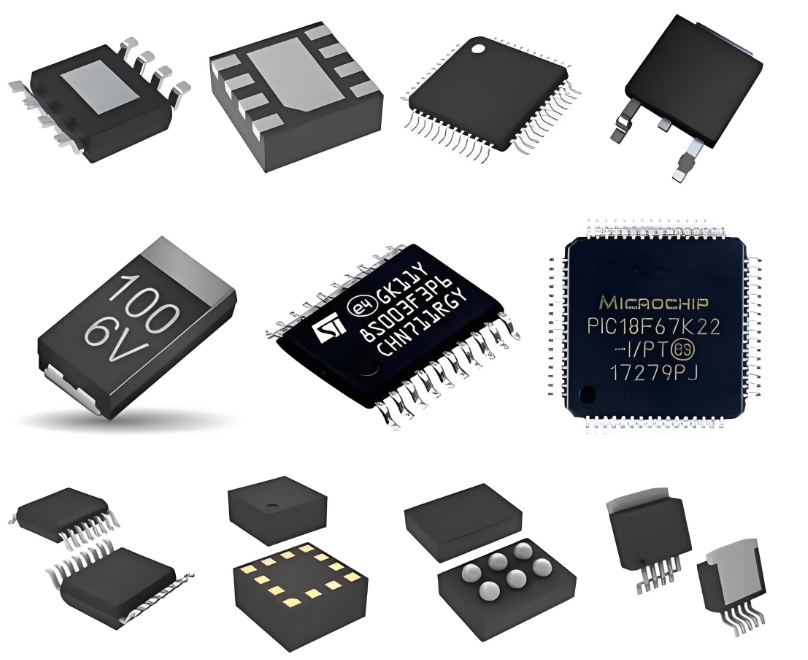**AD7547BQ: A Comprehensive Technical Overview and Application Guide for the 12-Bit Multiplying DAC**
The **AD7547BQ** from Analog Devices represents a significant milestone in the evolution of digital-to-analog conversion technology. As a **12-bit monolithic multiplying digital-to-analog converter (DAC)**, this component is engineered for precision, versatility, and high-performance in a wide array of complex analog systems. Its core functionality hinges on the ability to multiply an analog reference voltage by a digital code, producing a highly accurate analog output. This makes it indispensable in applications requiring precise control, such as automated test equipment, programmable gain amplifiers, and sophisticated waveform generation.
A key architectural feature of the AD7547BQ is its **current-output design**, which provides exceptional flexibility for system designers. The device comprises three 4-bit DACs whose outputs are summed together to form the final 12-bit resolution. It incorporates onboard **laser-trimmed thin-film R-2R ladder networks**, which are crucial for achieving high accuracy and low gain error. The device requires an external precision reference voltage, which it multiplies by the digital input word. This allows the full-scale output current to be directly proportional to the reference voltage, enabling its use as a digital attenuator or programmable gain element. The digital inputs are TTL and CMOS compatible, ensuring easy interfacing with modern microprocessors and logic families.

The performance of the AD7547BQ is characterized by several critical parameters. It offers **12-bit monotonicity**, ensuring the output always increases with an increasing digital code, a vital characteristic for control loops. It features a fast settling time, typically 500ns to ±1/2 LSB, which is essential for high-speed applications. Furthermore, its low multiplying feedthrough error and high linearity over a wide temperature range make it a robust choice for demanding environments.
In practical application circuits, the AD7547BQ is most commonly used with an external operational amplifier to convert its output current into a voltage. A basic configuration involves connecting a **precision op-amp** in a current-to-voltage converter (transimpedance) configuration at the Iout pin. The choice of this op-amp is critical and must have low bias current and low offset voltage to preserve the system's overall accuracy. The reference input can be driven by either AC or DC signals. When an AC signal is applied, the DAC effectively functions as a **digital modulator**, making it perfect for creating programmable filters or audio applications.
One of the most powerful applications of this multiplying DAC is in **programmable gain amplifiers (PGAs)**. By connecting the output of an op-amp to the reference input of the AD7547BQ and using the DAC's digital code to control the attenuation, a highly precise and digitally controllable amplifier can be constructed. This circuit is invaluable in data acquisition systems where input signals can vary widely in amplitude, requiring dynamic range adjustment.
**ICGOOODFIND**: The AD7547BQ stands as a quintessential component for engineers seeking a reliable, high-performance 12-bit multiplying DAC. Its design excellence, characterized by laser-trimmed accuracy and flexible multiplying capability, makes it an optimal solution for precision analog programming, from complex industrial control systems to advanced audio processing.
**Keywords**: **Multiplying DAC**, **12-Bit Resolution**, **R-2R Ladder**, **Programmable Gain Amplifier**, **Current-Output**.
